Everyone knows sequels usually don’t live up to the original. They often feel like cash grabs with recycled plots and diminishing returns. But sometimes, filmmakers take what worked in the first movie and create something truly special the second time around. These rare follow-ups don’t just match their predecessors—they surpass them in ways that left audiences and critics stunned.
1. The Dark Knight (2008)
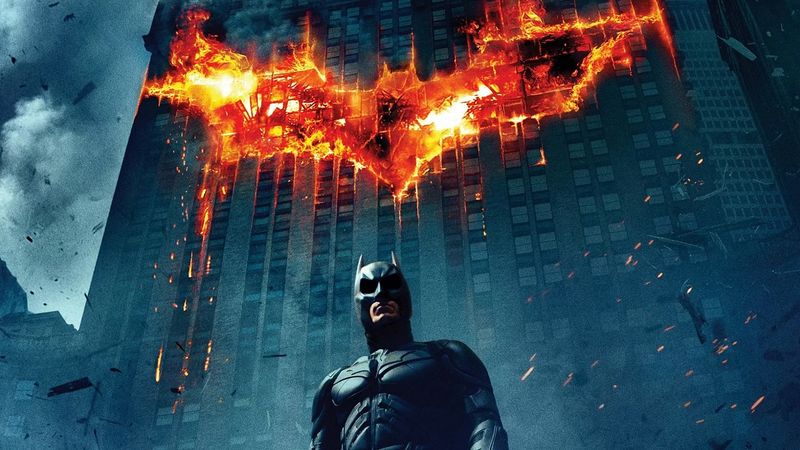
Heath Ledger’s haunting portrayal of the Joker transformed this Batman sequel into a crime thriller masterpiece. His iconic performance earned him a posthumous Oscar and redefined what comic book movies could achieve.
Director Christopher Nolan elevated everything from Batman Begins—deeper themes about chaos versus order, moral compromises, and the true cost of heroism. The film’s realistic approach to Gotham City created a world that felt dangerously possible.
The storytelling was tighter, the stakes higher, and the action sequences more memorable. Even without the Joker’s magnetic presence, the film’s exploration of Batman’s impossible moral position and Harvey Dent’s tragic fall would have secured its place as the superior Batman tale.
2. Terminator 2: Judgment Day (1991)
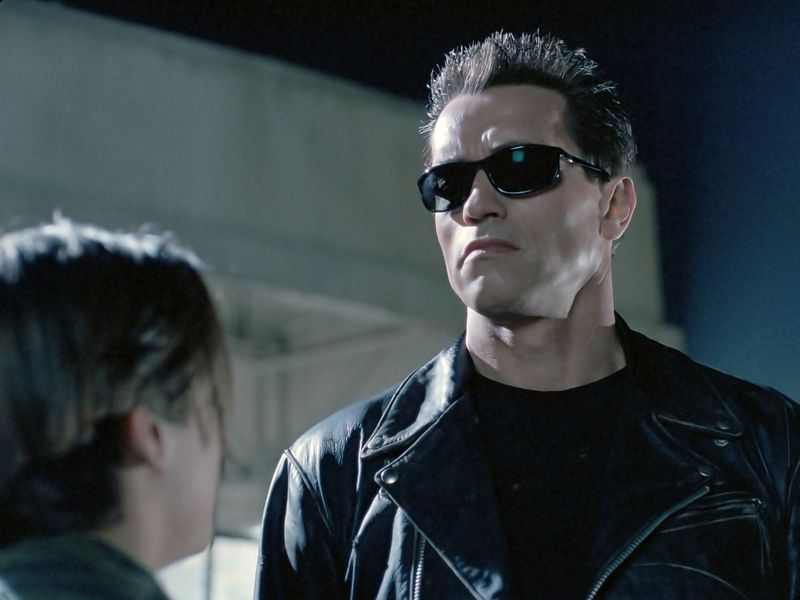
James Cameron flipped the script brilliantly, turning Arnold Schwarzenegger’s terrifying villain from the original into a protective guardian. This revolutionary sequel introduced groundbreaking CGI with the T-1000’s liquid metal effects that still impress today.
The emotional core centered on young John Connor’s relationship with the machine learning human values created something unexpectedly moving. Sarah Connor’s transformation from victim to hardened warrior gave the film feminist undertones rare in 90s action films.
Cameron balanced spectacular action sequences with genuine character development and thought-provoking questions about fate, free will, and humanity’s relationship with technology. The original was a lean horror-thriller, but T2 expanded into a blockbuster with brains and heart.
3. The Godfather Part II (1974)
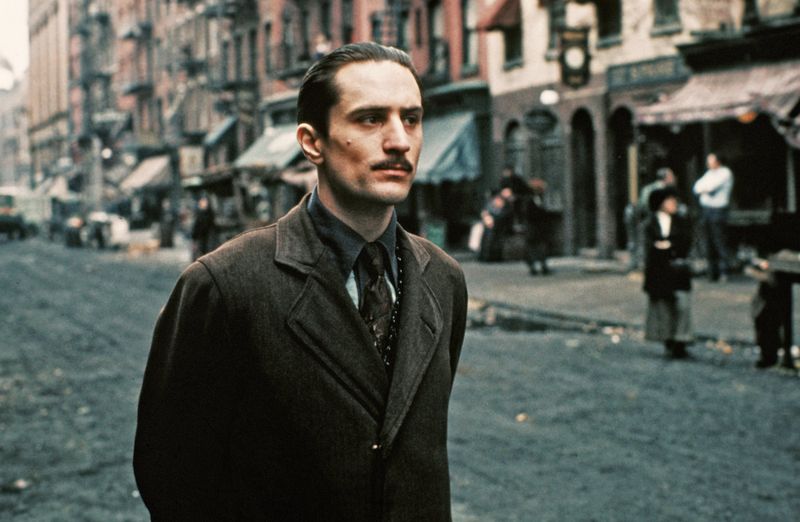
Francis Ford Coppola’s ambitious follow-up accomplished something remarkable—functioning simultaneously as both prequel and sequel. The parallel storytelling contrasted Michael Corleone’s moral descent with his father Vito’s rise to power, creating a rich tapestry about family, power, and the American Dream.
Robert De Niro’s performance as young Vito won him an Oscar and perfectly complemented Marlon Brando’s original portrayal. Al Pacino’s Michael completed his transformation from reluctant outsider to cold, calculating don with devastating precision.
The film expanded the scope of the original while maintaining its intimate family drama. Its innovative structure influenced filmmaking for generations. Many critics consider it not just better than the original masterpiece but one of the greatest films ever made—a rare achievement for any sequel.
4. Toy Story 2 (1999)
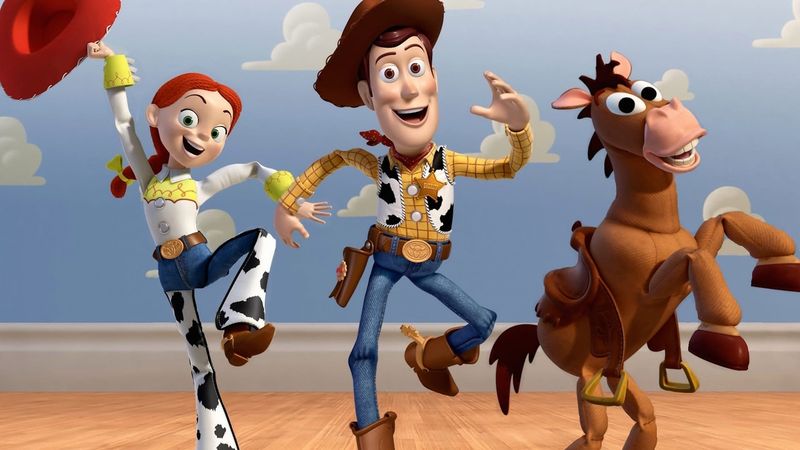
Originally planned as a direct-to-video release, Pixar recognized they had something special and completely overhauled this sequel for theaters. Their instincts were spot-on—the film expanded the toy universe with fascinating new characters like Jessie the cowgirl and explored deeper themes about purpose and belonging.
The “When She Loved Me” sequence showing Jessie’s abandonment remains one of animation’s most heartbreaking moments. This emotional depth gave adults as much to appreciate as children, establishing Pixar’s reputation for multilayered storytelling.
While the original broke technical ground, the sequel perfected the formula with improved animation, sharper humor, and genuine emotional stakes. Toy Story 2 proved animation could tackle complex themes like mortality, obsolescence, and the conflict between staying preserved or being loved through use.
5. The Empire Strikes Back (1980)
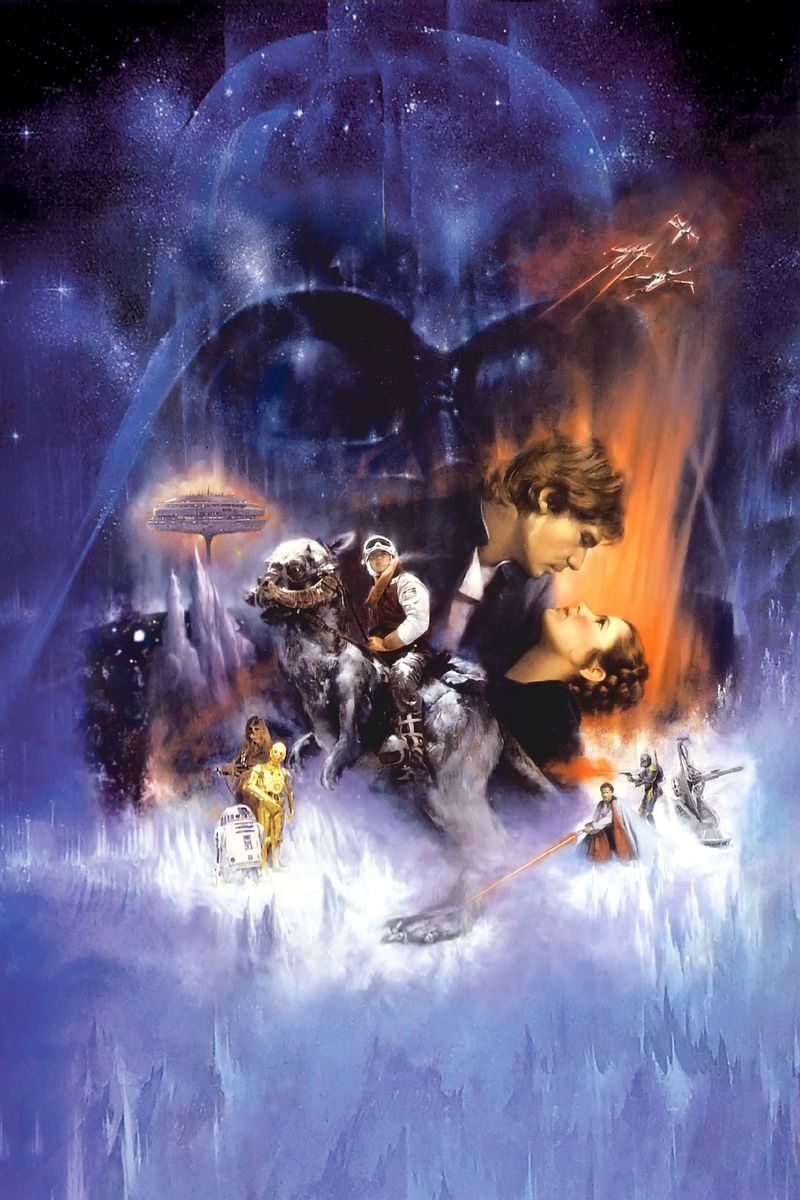
“I am your father.” Those four words changed cinema forever and transformed a fun space adventure into an epic family saga. Director Irvin Kershner took George Lucas’s universe and infused it with emotional complexity and moral ambiguity that the original only hinted at.
The film introduced iconic elements like Yoda, the Imperial Walkers, and Cloud City while deepening every character. Han and Leia’s romance blossomed with crackling chemistry, and Luke’s journey took a darker, more spiritual turn under Yoda’s guidance.
Unlike the triumphant ending of A New Hope, Empire concluded with our heroes defeated and separated. This bold decision to end on a cliffhanger with the villains essentially winning was revolutionary for blockbuster filmmaking. The film’s moody atmosphere and psychological depth elevated Star Wars from popcorn entertainment to mythic storytelling.
6. Mad Max: Fury Road (2015)
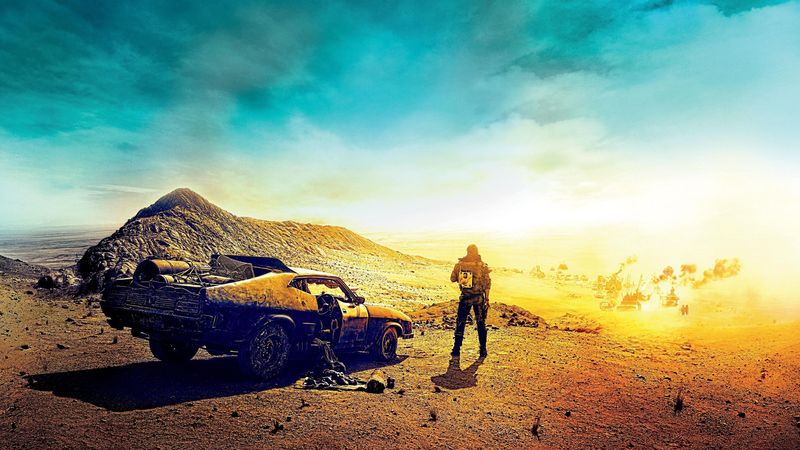
Thirty years after the last Mad Max film, 70-year-old director George Miller returned with an action masterpiece that made the original trilogy look tame by comparison. This high-octane reboot/sequel delivered a two-hour chase sequence that never sacrificed character development or worldbuilding.
Charlize Theron’s Furiosa stole the show as one of cinema’s greatest action heroines. Despite the title character, this was Furiosa’s story—a tale of redemption and liberation with strong feminist themes rarely seen in the action genre.
The practical effects and stunt work created visceral action sequences that digital effects simply cannot match. Miller’s vision of a post-apocalyptic wasteland was simultaneously horrifying and beautiful, with vibrant colors and surreal imagery. The film proved that action movies could be thoughtful, visually stunning, and progressive while still delivering jaw-dropping spectacle.
7. Spider-Man 2 (2004)
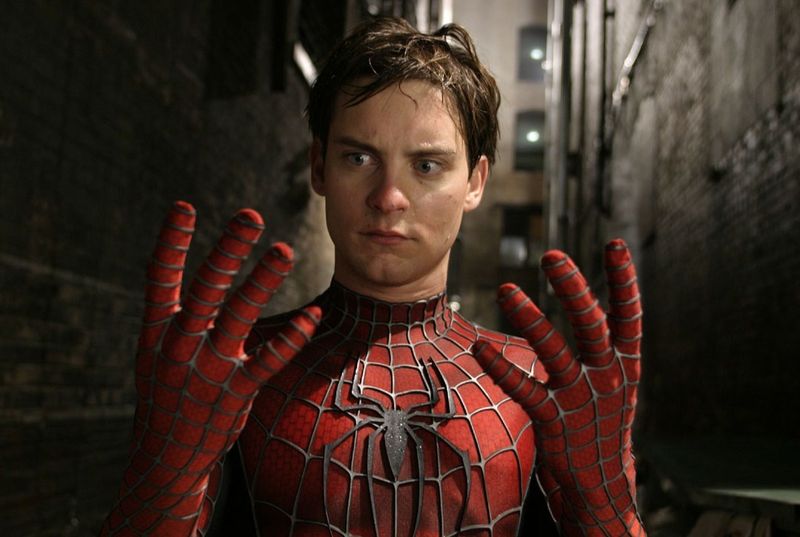
Sam Raimi’s sequel captured the essence of Spider-Man like no other film—the superhero who can’t catch a break. Peter Parker’s struggle to balance his personal life with heroic responsibilities resonated deeply, creating the template for superhero films with actual emotional stakes.
Alfred Molina’s Doctor Octopus stands as one of the genre’s most compelling villains. His tragic transformation from mentor to monster gave the film a Shakespearean quality, while the hospital scene showcased Raimi’s horror roots in spectacular fashion.
The action sequences were revolutionary, particularly the stunning train battle that remains unmatched in superhero cinema. Beyond spectacle, the film explored identity and sacrifice through Peter’s crisis of faith in his Spider-Man persona. The sequel improved on everything that worked in the original while adding emotional depth that superhero films still struggle to match today.
8. Shrek 2 (2004)
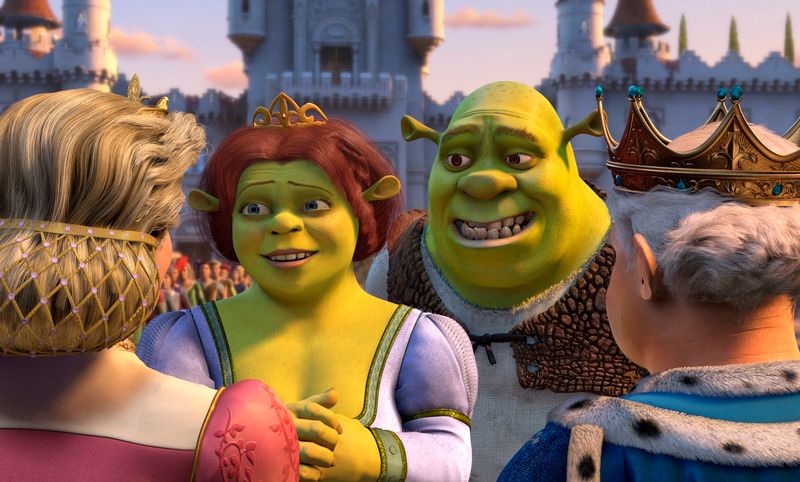
Lightning struck twice when DreamWorks managed to outdo their original fairy tale parody with a sequel that expanded the world and deepened the characters. The “meet the parents” premise provided fertile ground for comedy as Shrek and Fiona visited the kingdom of Far Far Away.
Antonio Banderas’s Puss in Boots immediately became an iconic character, stealing scenes with his adorable eyes and swashbuckling swagger. The sequel maintained the original’s irreverent humor while adding sharper Hollywood satire and more sophisticated pop culture references that worked on multiple levels.
The “Holding Out for a Hero” sequence during the climax perfectly blended action, comedy, and music in a way that still gets audiences cheering. While the original Shrek was revolutionary in its deconstruction of Disney fairy tales, Shrek 2 perfected the formula with more heart, bigger laughs, and genuine character growth.
9. Captain America: The Winter Soldier (2014)
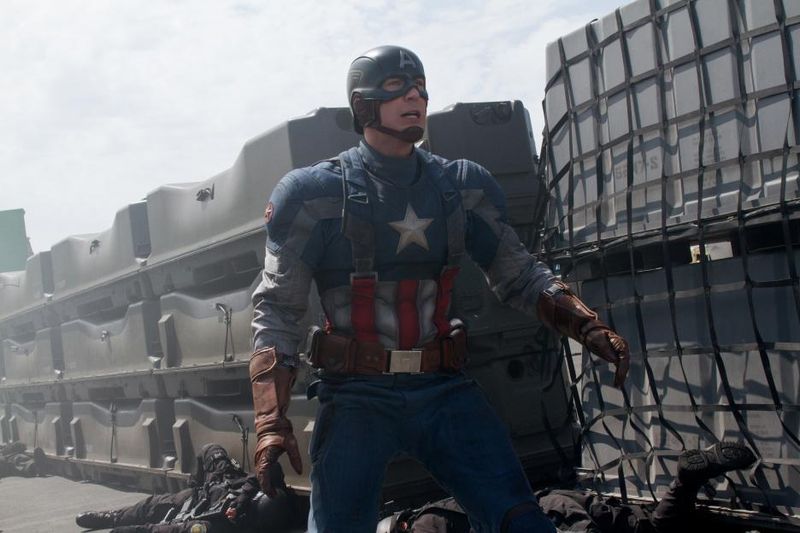
The Russo brothers transformed Captain America from a straightforward patriotic hero into a complex character questioning the very institutions he once trusted blindly. This sequel brilliantly reimagined the star-spangled Avenger within a 1970s-style political thriller framework.
The film tackled surprisingly relevant themes about surveillance, security versus freedom, and the corruption of power. The Winter Soldier himself provided both spectacular action sequences and emotional weight as Steve Rogers confronted his brainwashed best friend.
The hand-to-hand combat sequences set a new standard for superhero films with their brutal choreography and minimal CGI. Black Widow’s expanded role created one of the MCU’s most compelling partnerships. This sequel didn’t just improve on The First Avenger—it fundamentally changed the Marvel Cinematic Universe’s trajectory, proving superhero films could successfully incorporate different genres while delivering thoughtful commentary alongside spectacular action.

Comments
Loading…